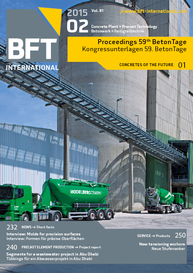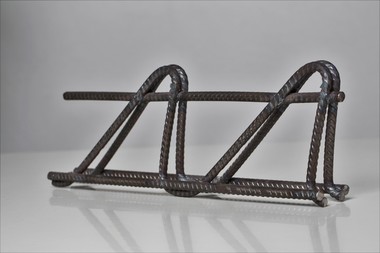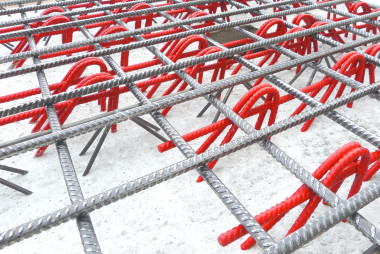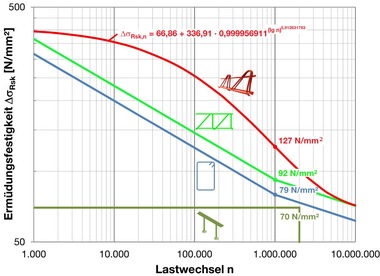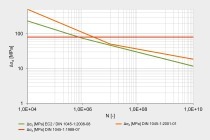Fatigue verification of composite structural components
Load-bearing structures are subject to many load changes owing to not primarily static actions, such as traffic loads on bridges or loads caused by forklift trucks. In this case, verification against fatigue of the structural component must be provided. According to Eurocode 2 [1], this verification must be performed for concrete and steel separately. The standard also regulates composite components consisting of precast elements supplemented with in-situ concrete.
According to Eurocode 2, the equation (6.25) applies to the design resistance of a shear joint. In the case of fatigue load, the...

![→ 1 Composite structural component with lattice girder under fatigue stress [2]](https://www.bft-international.com/imgs/tok_d00f7f0fa2eba35006d37216449a3f30/w300_h200_x400_y150_103972151_35f9f9ba93.jpg)

